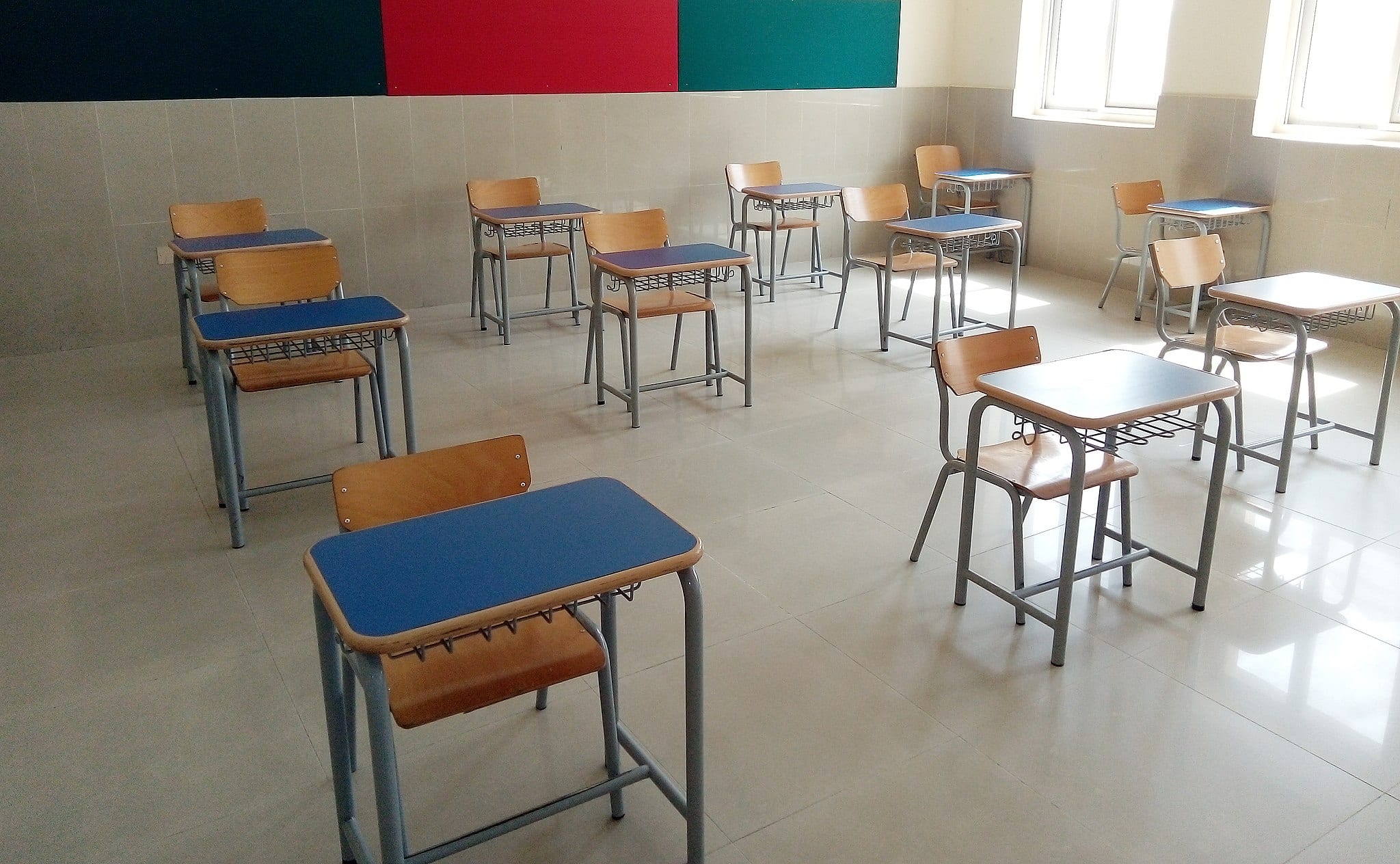by Crystal Williams, Ed.M.
As students across the country are learning new rules and expectations related to COVID-19, early childhood educators are tasked with providing the support needed for young children to succeed and stay healthy. This post focuses on three strategies educators can use to set up their classrooms to support the needs of their young students during the pandemic.
Use Visual Supports
Visual supports have been shown to help children with and without disabilities learn expectations and manage behavior. More information about making and using visuals to support children can be found on the websites for the Center on the Social and Emotional Foundations for Early Learning and ConnectABILITY. Some particular types of visual supports that may be particularly beneficial in classrooms during the pandemic are:
- Visual schedules and First/Then boards (especially to reinforce new COVID-19 related routines and expectations)
- Visual step posters for washing hands, entering the classroom and wearing/removing a mask
- Pictures of children so they can identify personal belongings, seats, and spaces
Use Unique Materials in Creative Ways
Many early childhood classrooms have removed various materials that children love to play with, such as dress-up clothes, play food, and fine motor toys. These objects tend to be touched frequently, mouthed by children, and/or cannot be cleaned sufficiently to prevent the spread of COVID-19. Teachers can help keep children interested in available classroom materials by regularly adding unique materials such as:
- Outdoor materials Check out these resources from the Illinois Early Learning Project (IEL) for creative ways to use leaves, light/shadow, snow, water, and rocks with young children. You can find even more ideas from IEL here.
- Recycled materials that have been washed or sanitized before use (i.e., bottle caps, scraps of cloth, plastic bottles/containers, egg cartons, plastic spindles, discarded CDs/DVDs, old eyeglasses, detached zippers, fasteners, buckles)
These materials are not highly valuable and can be sent home or thrown away after one child uses them for their artwork or pretend play. In addition, these open-ended materials allow children to think creatively. Children can use them in creative ways – such as turning a CD into a hanging decoration or using scraps of cloth to create an outfit for a baby doll.
Make Individualized Activity Kits
Individualized activity bags or boxes can be used to limit cross-contamination of materials among children in early childhood classrooms. Students can use their activity kits during free time or group work to ensure they are not sharing materials. Teachers can make activity kits using pencil boxes or large plastic zipper bags. These containers can be labeled with a child’s name and/or picture to ensure they are only used by the intended child. Materials to put in an activity kit might include:
- Sensory materials such as playdough or slime
- Art supplies such as crayons, stick glue, stickers, and scissors
- Fine motor materials such as string, beads, buttons, or pompom balls
*Take care to avoid items that may be a choking hazard for students
We would love to hear your ideas as well. Leave a comment below and share how you have adapted your early childhood environment to best serve young children and keep them safe.
Image by Akbarali, CC BY-SA 4.0 via Wikimedia Commons













